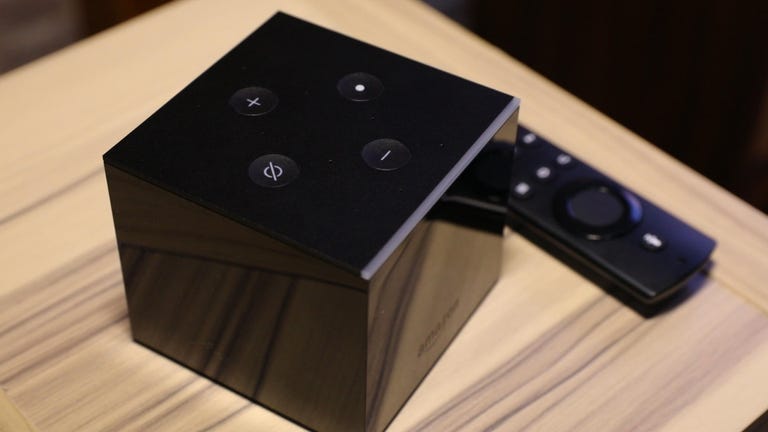I recently switched to the Roku Streaming Stick+ as my main TV source for all my TVs. It offers better resolution than GoogleTV and easier uncluttered navigation than FireStick for everyone in my house. Below is a review from CNET. Enjoy.
Roku and Fire TV duke it out for your TV, no matter if it's for your
dorm or a spare bedroom, we'll tell you which streaming device is the
best.
We've got the battle royale of streaming duels on our hands, as two major companies vie for the title of Who Should Win Your Money. It's almost time for college students to head off to school, and a streaming device is one way to transform a dorm room into a home theater. But which streaming device offers the best bang for the buck?
In one corner is Roku, the most popular name in streaming devices. In the other corner sits Amazon Fire TV, the streamer made by one of the most powerful companies in the world. Lots of people want a cheap, easy way to get streaming video from Netflix, Amazon Prime, Disney Plus, HBO Max, Hulu, YouTube and Apple TV Plus on their TV, and both companies offer numerous devices with similar prices and features that allow you to do just that. But which one should you pick?
At CNET we've spent countless hours testing both over the years, and in general, both work really well. Most of the Roku and Fire TV devices we've reviewed received an 8.0 (excellent) rating or higher, so it's tough to go wrong. The Roku Streaming Stick 4K offers Dolby Vision and is sometimes on sale for less than the older and Vision-less Roku Express 4K Plus. Meanwhile, the Fire TV Stick 4K Max, is one of the fastest streaming devices on the market.
Read more: Best Live TV Streaming Service for Cord Cutters
So how do you choose between Roku and Fire TV? To start, realize they have more similarities than differences.
- Both are super-affordable, starting at $30 for their cheapest players, and they often go on sale for less.
- Both have access to thousands of TV apps, including all of the major ones. Most apps look and behave basically the same on both.
- The latest models of Roku and Fire TV are pretty much equally quick, responsive and reliable as long as you have a solid internet connection.
- Both (except for the cheapest Rokus) offer remotes with TV volume and power buttons to control most TVs , so you can ditch the remote that came with your TV if you aren't bouncing around to other inputs.
- Both have multiple models, starting with basic streamers up to 4K-compatible versions with voice control built into the remotes.
So which one's better?
Best overall: Roku
Our go-to recommendation is Roku over Fire TV. There are really just two major reasons.
Better menus. Roku's no-nonsense menu system places the apps front-and-center and lets you arrange them however you please, just like on your phone. It gets to the apps and shows want quickly, without filling the screen with other junk.
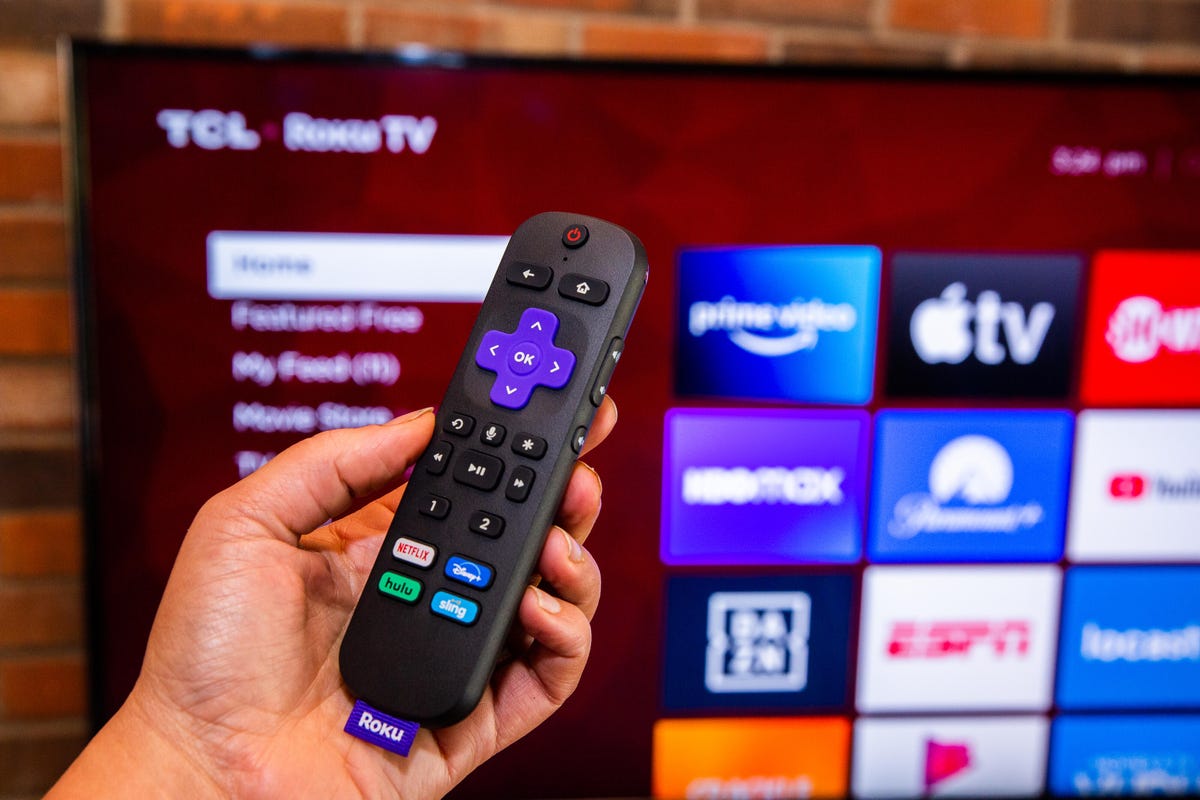
Using a Fire TV device means wading through a bunch of TV shows and movies in addition to the apps. That would be fine if they were the TV shows and movies you're in the middle of watching, or might actually want to watch -- something Netflix's menus do well. But more often than not, it is hard to care about the TV shows and movies on Fire TV's screen. They just seem like stuff Amazon or its partners want us to watch.
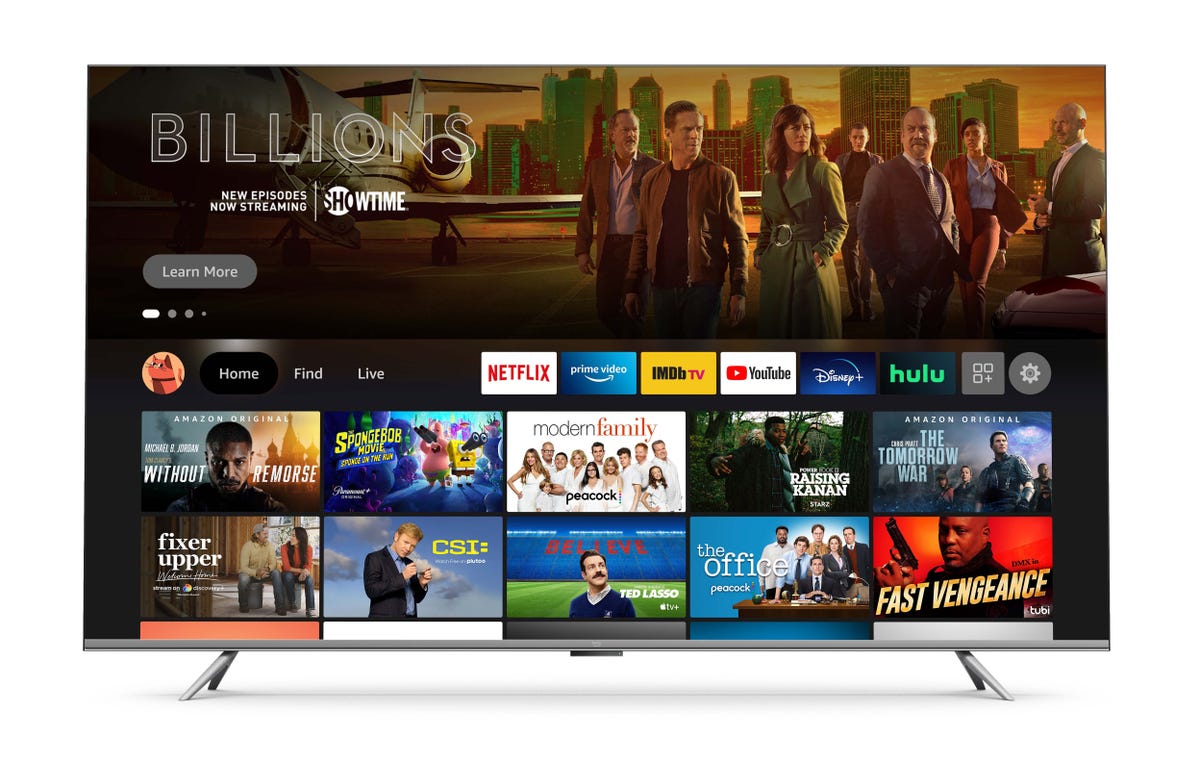
CNET's Ty Pendlebury summed up the difference in his review of the Fire TV Stick. "If you like to graze for content, the Fire TV might be more appealing. If you know what you want already, or at least what app you want to watch, a Roku is probably a better choice."
In his review of the Fire TV Max, meanwhile, Eli Blumenthal also noted the prevalence of ads in Fire TV's menus, including on the screensaver. "It's one thing to throw in a little ad here or there like Roku; it's another to turn my entire 65-inch TV into a billboard for iFit or Nancy Grace's Fox Nation show."
Better search. Search results on Roku are straightforward and price-centric. You're shown how much a movie or TV show costs and can click through to watch or buy it -- and if it's free because you're a subscriber, you'll see that, too. Fire TV's results are much more confusing, with multiple options and false positives. And once you find what you want, you're shown just one primary service, and you have to click through to see "more ways to watch."
When you choose between Roku and Fire TV you're buying a specific device, not just the platform. For that reason, our advice below gets a little more specific. We break down our favorite devices in a variety of areas: price, 4K capability, voice control and more.
Here are a couple more things to keep in mind as we get into the recommendations.
- We're talking only about streaming devices, not TVs. Both Roku and Amazon bake their platforms into TVs as well, which we also review. In general, we prefer Roku TVs to ones that use Amazon Fire TV. Check out our Best TVs list for more details.
- Of course, we've reviewed streamers from other companies, too. Check out our list of best streaming devices for more options.
Best budget streamer: Fire TV Stick Lite
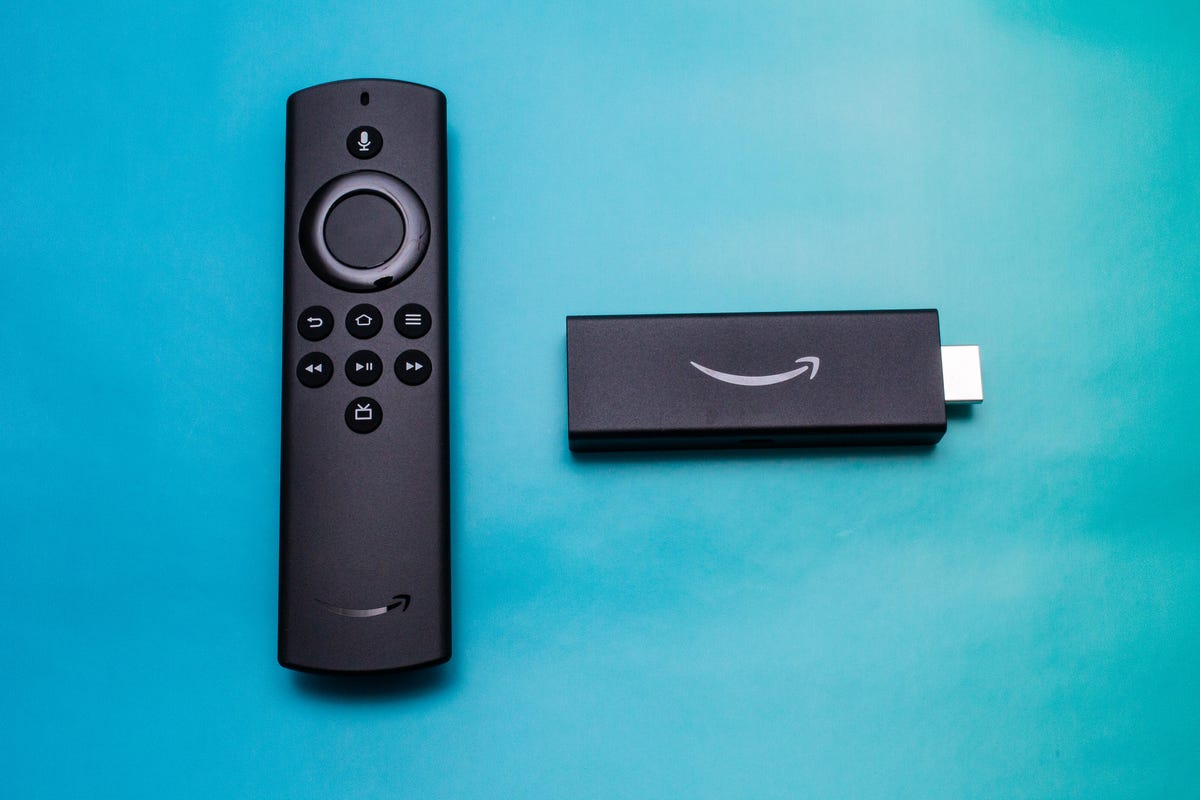
The Fire TV Stick lite has voice control while the similarly-priced Roku Express does not.
Roku is our favorite overall platform, but the Fire TV Stick Lite offers more features at the entry level than the similarly priced Roku Express. The Fire TV Stick Lite includes a voice remote, while the Roku doesn't support voice commands via the remote. We found the Lite's built-in access to Amazon's Alexa particularly helpful when navigating through menus and searching for content. While Roku recently announced an updated version of the Express with faster Wi-Fi, the device retains its original remote.
The Roku Express is still a fine choice for a bare-bones streamer. It brings all of the advantages of Roku we mentioned above, and performs perfectly well, but the Fire TV Stick Lite ultimately offers more features for the price -- making it a better option for those on a tight budget.
Both the Roku Express and the Fire TV Stick Lite are regularly priced at $30, but can sometimes be found for less.
Of course, there are a bunch of other more expensive Roku players and Fire TV streamers.
Many of them are better choices than these basic versions because they
don't charge much more for additional very useful extras.
Best for 4K TVs and best overall: Roku Express 4K Plus or the Roku Streaming Stick 4K -- whichever is cheapest
Roku's $40 Express 4K Plus remains our favorite media streamer available right now. It offers the easy-to-use Roku interface, the voice remote that the cheaper Express lacks, 4K HDR streaming, wired Ethernet support with an optional adapter and typically costs $40. However, the Streaming Stick 4K offers support for Dolby Vision, while the Express 4K Plus does not. We're usually not sold on the Dolby Vision upgrade -- mostly because we generally don't think that it provides a major image quality improvement over standard HDR -- but if the Streaming Stick 4K costs less than Express 4K Plus, it seems like a no-brainer to pay less for a device that has it, than more for one that doesn't.
Not to be outdone, Amazon's Fire TV Stick 4K Max also features an upgraded processor, along with Wi-Fi 6 connectivity. It costs $55 -- $5 more than the Roku Streaming Stick 4K. The Max loads apps almost immediately, and navigating around the system is swift and smooth. The Fire TV Stick 4K Max is the best Fire Stick on the market today, and it's worth the extra money over the standard Fire TV Stick 4K.
But even those who opt for the older Fire TV Stick 4K will find that it offers the Dolby Vision HDR format, while the Roku Express 4K Plus does not. That may make a difference for some people, but we generally think that neither streaming device from Amazon offers enough to overcome Roku's strengths.
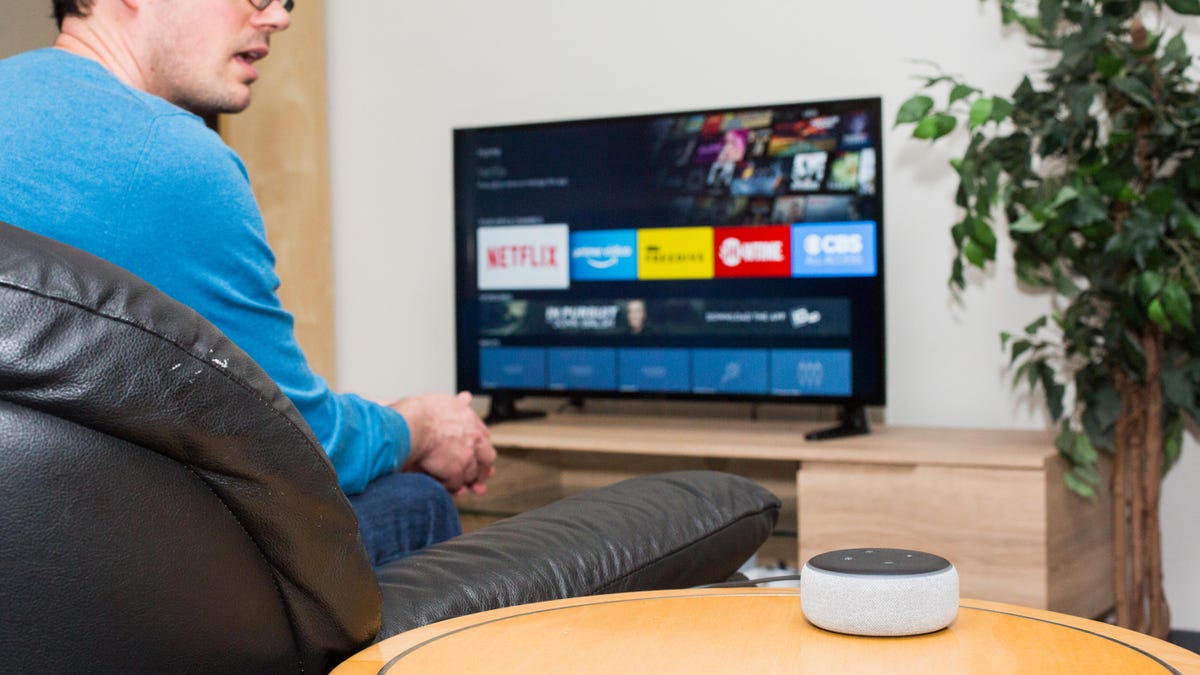
Want to watch TV hands-free, commanding the TV with just your voice? Fire TV + Alexa speaker, like this Echo Dot, works better than Roku + Google Assistant/Alexa.
Best for voice: Fire TV with Alexa
If you care about using voice control to find TV shows and movies, Fire TV wins.
Every Fire TV device from the Lite on up has Alexa voice capability built into the remote. Most Roku players also offer voice remotes using Roku's own voice system, but the cheapest models lack that feature.
Both voice systems let you easily search, launch apps and control playback (fast-forward, pause, etc.) via voice, but Fire TV also lets you do everything Alexa does, including control smart-home devices, get a weather report and answer questions, complete with on-screen results. Alexa's voice also talks back through the TV's speakers.
If you have an Alexa speaker like an Echo Dot , you can do pretty much everything hands-free on Fire TV (no remote required) with standard Alexa commands. Say "Alexa, watch Roma" and Fire TV launches Netflix and starts playing the movie, for example.
Roku players work in the same way with Alexa and Google Home/Google Nest speakers but not as well -- you have to remember to say "Roku" at the end of every command ("OK, Google, launch Hulu on Roku"). Still, if you own a Google speaker already and want to use it for TV control, Fire TV isn't an option.
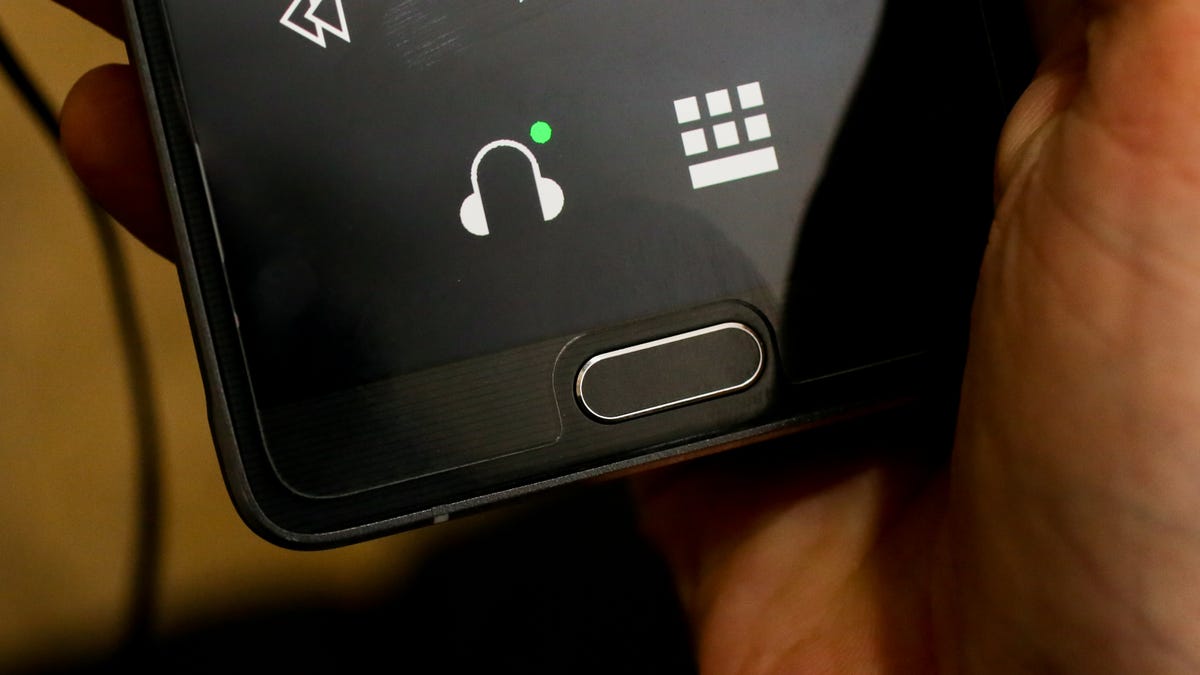
You can use the Roku app on your phone for private headphone listening with any Roku player
Best for private listening via headphones: Roku
Roku has long had a really cool feature on its higher-end players: A headphone jack built into the remote control itself. You just plug your headphones into the clicker and the audio on the TV or soundbar mutes automatically, and sound comes through the headphones instead, complete with volume control on the 'phones. Additionally, those with a Roku Ultra or a Roku Streambar don't need to plug their headphones into anything in order to use private listening. They can just navigate to the Sound Settings menu to pair their wireless headphones directly through the Roku.
Plus, every Roku device offers private listening via the free Roku app on your phone -- just fire up the app and attach headphones to your phone. Roku rolled out its OS 10.5 system upgrade last year which attempts to fix the audio lags that can occur when listening through Bluetooth headphones. Roku claims that up to four people can listen privately at the same time with audio that is automatically adjusted to work with each individual's headphones.
Fire TV's only option for private listening is to pair Bluetooth headphones, but it's not nearly as effective. Amazon lacks a way to handle the audio lag (lip sync error) and you'll need to have a volume control built into the headphones.
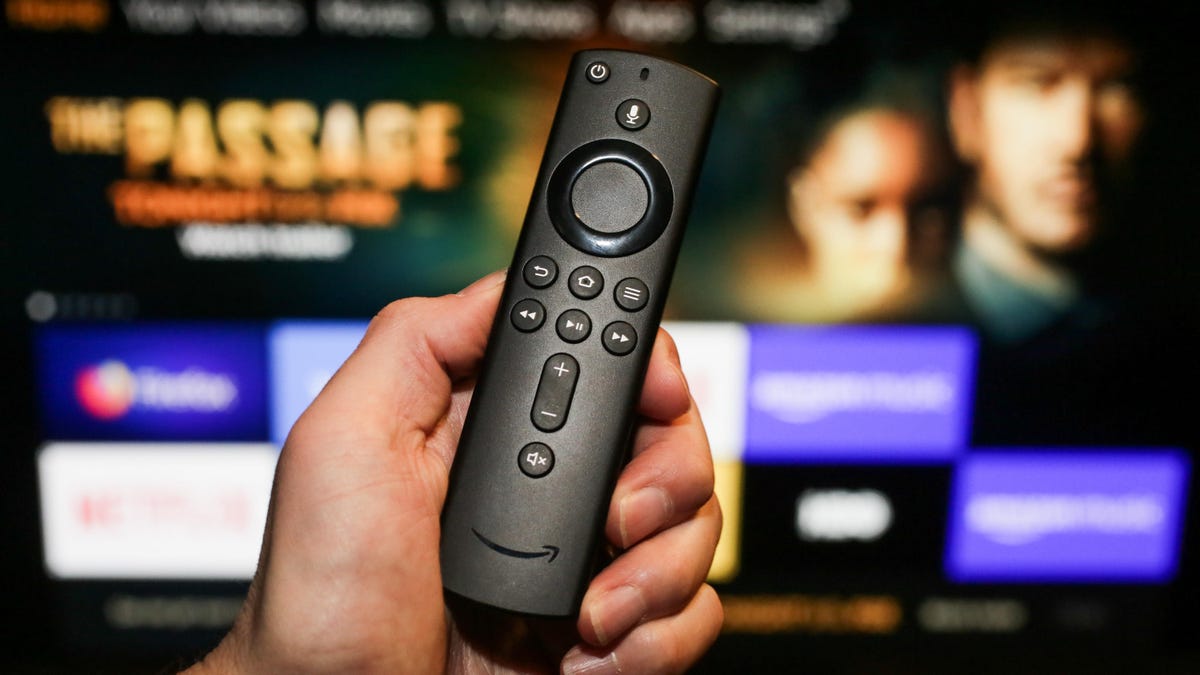
With a mute key and the ability to command sound bars and receivers in addition to your TV, Fire TV's remote is better for device control.
Best for TV and device control: Fire TV (especially Fire TV Cube)
Both Roku and Fire TV offer devices with buttons on the remote designed to control your TV. It's a great feature because it allows you to ditch your TV's own remote and use the streamer's clicker for everything. In both cases setup is dead-simple -- the streamer automatically recognizes your TV and programs the remote wirelessly, without you having to do anything besides confirming it works -- but Fire TV is cheaper and more capable.
The cheapest Roku streamers that come with TV control remotes are the $40 Express 4K Plus and the $50 Roku Streaming Stick 4K. The Fire TV Stick has a TV control remote for $40. These remotes have buttons for TV power and TV volume up/down and mute.
Roku's remotes can only control televisions, but with Fire TV you can also control soundbars and even
AV receivers
. Yes, if your TV supports HDMI CEC and you have an HDMI soundbar,
the Roku's volume and power buttons can probably control it, but Fire
TV's remote can control pretty much any bar.
And Roku doesn't have anything like the $120 Fire TV Cube. A little box designed to sit near your TV, it combines all the capabilities of the Fire TV Stick 4K and all the capabilities of an Echo Dot, plus the unique ability to control a full-on entertainment system via voice. Using it can sometimes feel like magic, but it's not for everyone. Check out the video below if you're curious. Amazon announced a new version of the Cube for 2022, which features Wi-Fi 6E support, along with a faster processor and 4K upscaling.
By
this point, you hopefully have enough info to decide for yourself which
of the two most popular streamers works best for you. For our full
reviews of Roku and Fire TV devices, as well as their competitors like Google's Chromecast with Google TV, the Apple TV 4K and the Nvidia Shield, check out our list of best streaming devices.
When it comes to streaming devices, Roku makes some of the best on the market. Roku products earn nearly half the spots on our list of the best streaming devices for 2024 including the top spot overall, which belongs to the Roku Express 4K Plus. Right now, an early Amazon Prime Day deal means you can pick it up for just $27 at Amazon, which is $13 off and just $3 more than the all-time lowest price we've seen. Though there's no set expiration for this offer, we'd recommend getting your order in sooner rather than later if you don't want to miss out on these savings.
We
named the Roku Express 4K Plus the best media streamer of 2024 due to
its affordable price tag and user-friendly interface, which makes it
easy to find all your favorite shows and movies. Its unbiased platform
doesn't promote one streaming service over another. It supports 4K
content with HDR for vibrant colors and sharp contrast (if your TV
supports those standards), and it has Apple AirPlay built-in so you can
wirelessly stream content from your iPhone, iPad or other Apple devices.
It also comes with Roku's convenient voice remote, which allows you to
control your TV's power and volume, and search for shows and movies
completely hands-free.
Source: https://www.cnet.com/deals/the-roku-express-4k-plus-our-favorite-4k-streaming-device-is-just-27-with-this-early-prime-day-deal/

